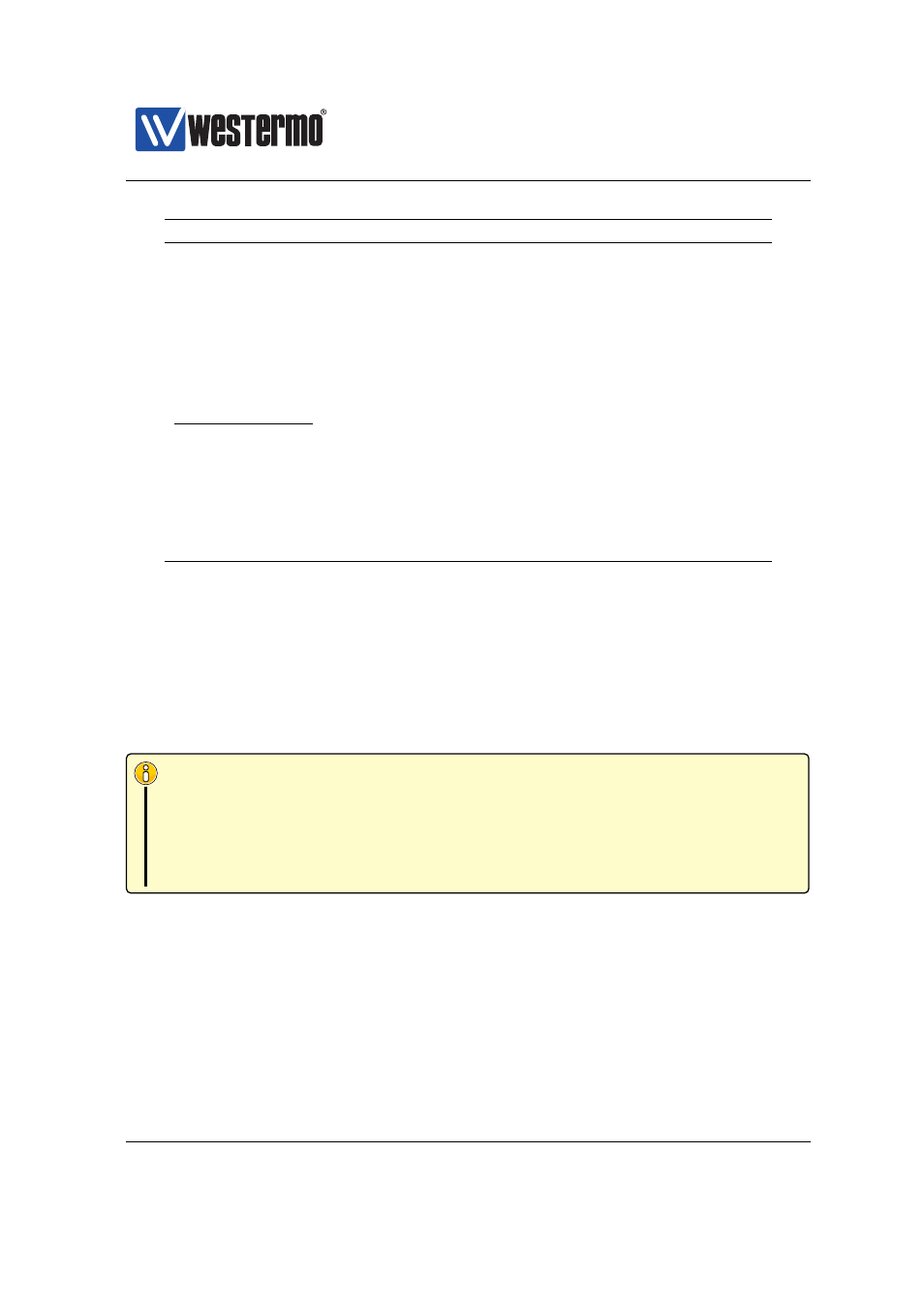Table 16.1 – Westermo RedFox Series User Manual
Page 348

Westermo OS Management Guide
Version 4.17.0-0
Feature
General Description
Enable STP
X
X
Bridge priority
X
X
Max age
X
X
Hello time
X
X
Forward delay
X
X
View general RSTP/STP settings
X
X
Per Port settings
Enable STP
X
X
Admin Edge
X
X
Path Cost
X
View per port RSTP/STP settings
X
X
View RSTP/STP status
X
X
Table 16.1: Summary of RSTP/STP features.
not include a hop count by which the switches could decide to drop a packet cir-
culating around. Since a switched network may contain multiple loops, broadcast
packets (or other packets flooded by the switches), leads to packet proliferation;
this situation is generally referred to as a broadcast storm. On the other hand,
loops in switched networks are desirable from a redundancy perspective.
Note
The purpose of the spanning tree protocol is to ensure that an arbitrary
physical LAN topology is turned into a logical tree topology (i.e., loop free) in
such a way that all links in the network are still connected (i.e., a spanning
tree). This is accomplished by having the switches put some of their ports
in blocking state.
Since loops in switched networks are so dangerous, layer-2 redundancy protocols
such as STP and RSTP are very restrictive before putting a link in forwarding
state. The main difference between STP and RSTP is that RSTP is able to react
quicker to topology changes, thus can open an alternative path if a link in the
active tree is broken, i.e., RSTP has shorter convergence time than STP. (FRNT
has even faster convergence, see
In RSTP/STP terminology, a switch is referred to as a bridge. Spanning tree is a
348
➞ 2015 Westermo Teleindustri AB